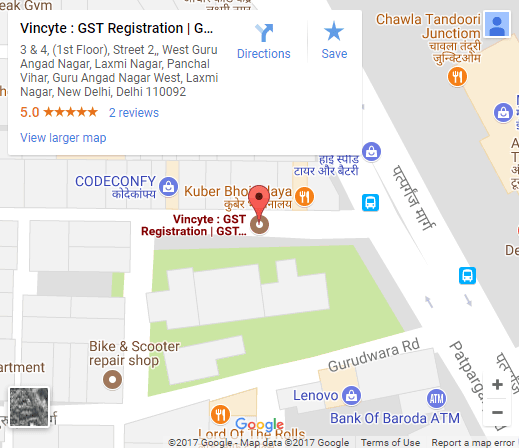
Due Diligence
Due Diligence is a process of research and analysis that is made before merger, investment, acquisition, bank loan etc, in order to as certain the value of the subject or whether there are any significant issues associated. These conclusions are then condensed in a report known as the due diligence report.
Types of Due Diligence
1. Business/ Commercial Due Diligence: It focuses on investigating the participants to the transaction, the prospects of the company, and the quality of the investment. And considers the market in which business operates, for example involving conversation with customers, an assessment of competitors and analysis of assumptions considering which business plan has been made. All of these results in determining whether a business plan stands up with reality of the market.
2. Legal Due Diligence: It seeks to examine the legal dangers, other legal matters, and the legal aspects of a transaction. Due diligence encompasses both intra-corporate transactions and transactions between corporations. This includes the currently existing documentation as well as several regulatory checklists. Areas that would most likely to be explored include:

Legal Structure

Contracts

Loans

Property etc.
3. Financial Due Diligence: This Due Diligence validates financial, operational, and commercial assumptions. It gives the acquiring firm a great breath of comfort. Accounting policies, audit practices, tax compliances, and internal controls are all thoroughly reviewed here. These focuses on verifying financial information as provided and assessing said performances of the business. Essentials that are need to focus:

Earnings

Fund Flows

Assets

Debts

Liabilities

Tax Structure

Cash Flows

Managements etc.
Drafting of the Due Diligence Report
The reports must contain financial statements, spreadsheets, written reports, pie charts, and bar graphs etc. Make sure it provides the facts in a clear and appealing manner, including visuals to help readers understand the significance of your data. It is important to keep it concise and engaging.
And Lastly three W’s have to be mentioned in the report i.e:

Who is your target audience ?

What is the objective ?

The aspects that will be key to decision making ?
Get In Touch

Contact Us
New Business

